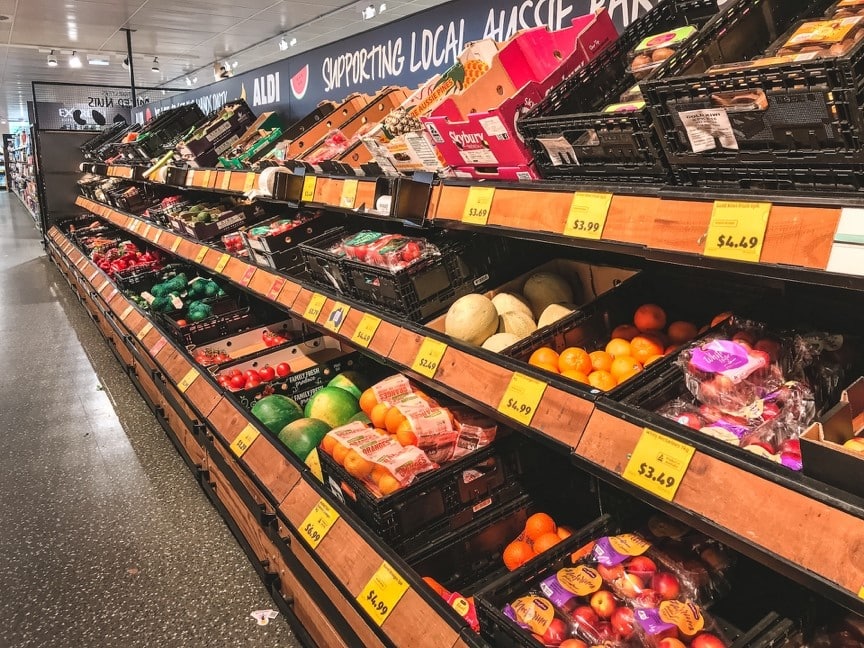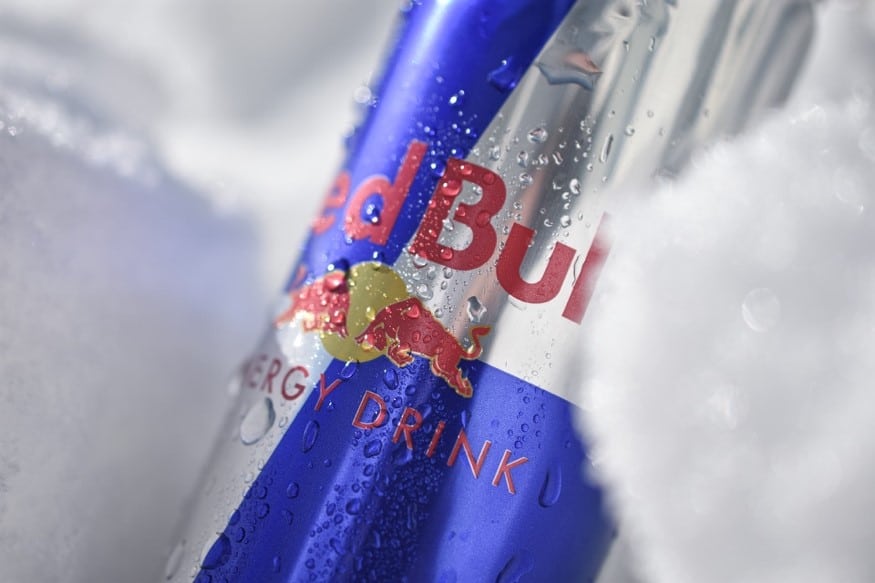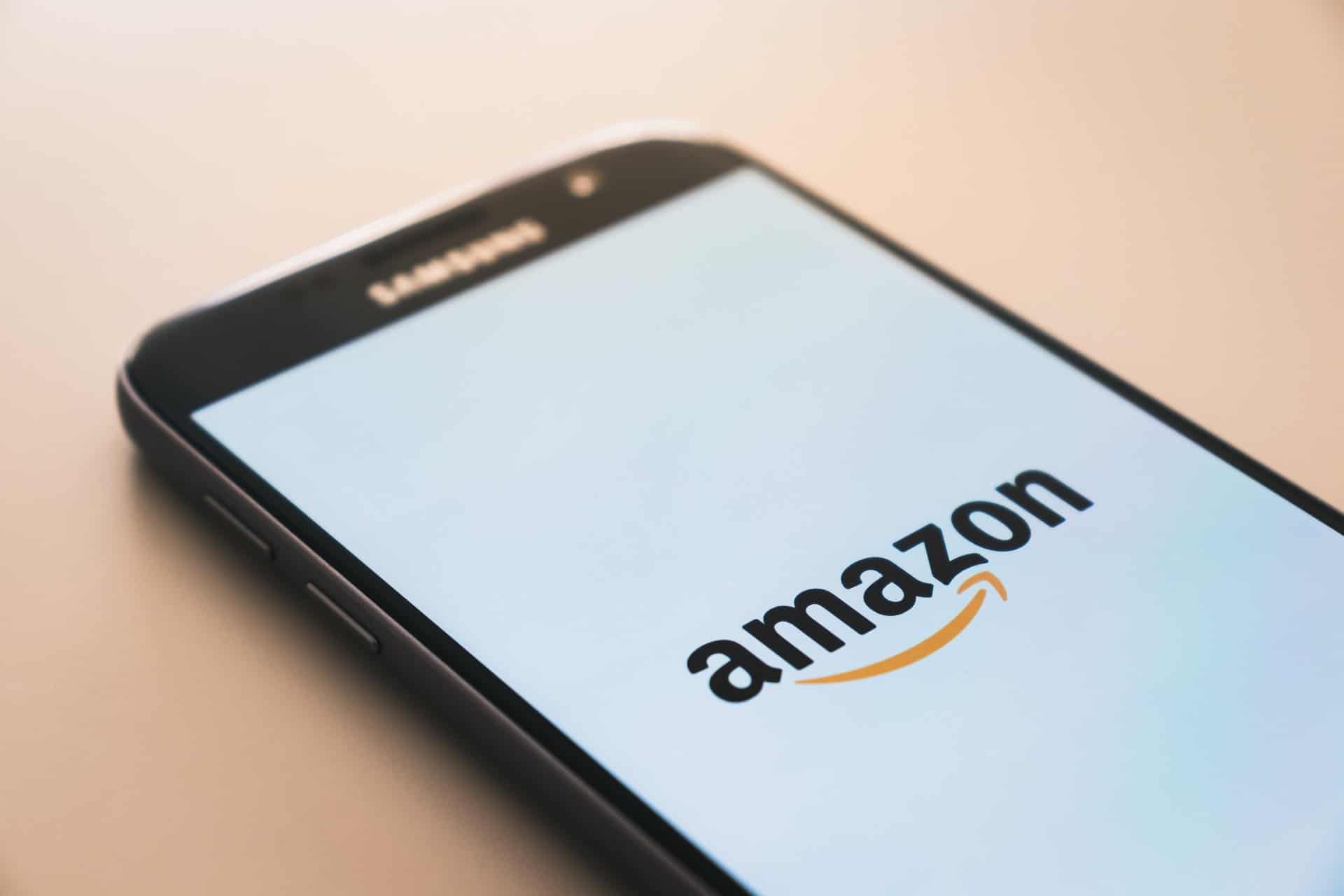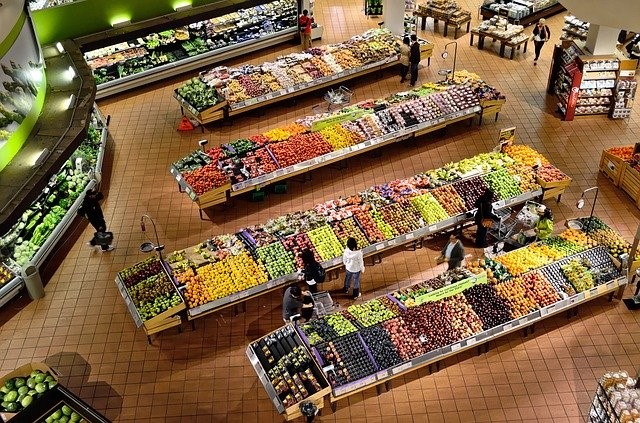- Company: Starbucks
- CEO: Laxman Narasimhan
- Year founded: 1971
- Headquarter: Seattle, USA
- Number of Employees: 402,000
- Type: Public
- Ticker Symbol: SBUX
- Market Cap (Feb 2023): $ 116.77 Billion
- Annual Revenue (FY 2022): $32.25 Billion
- Profit (Net income) (FY 2022): $3.28 Billion
- Products & Services: Coffee | Handcrafted Beverages | Fresh food | Non-food items | Packaged goods | Mugs and accessories | Gifts |
- Competitors: Costa Coffee | McDonald’s McCafe | Dunkin Donuts | Café Coffee Day | Tim Hortons | Panera Bread
Did you know? There are 87,000 possible drink combinations at Starbucks.
Founded in 1971, Starbucks has grown gradually to become the world’s largest coffeehouse chain with 35,711 stores worldwide and expects to reach 55,000 stores by 2030. It has 17,295 locations in North and nearly 6,019 stores in China, which is its second market.
Starbucks’ annual revenue for 2022 is $32.25 billion and profit is $3.28 billion.
To understand why Starbucks so successful, here is an in-depth analysis of its mission statement, values, principles, and sustainability goals:
Starbucks’ Mission Statement
“To inspire and nurture the human spirit – one person, one cup, and one neighborhood at a time.”
Here is our analysis of Starbucks’ mission statement
Starbucks’ mission statement highlights how the company is operating to meet the demands of its customers, employees, suppliers, and stakeholders. The statement consists of four elements:
- Inspire Change with Quality Coffee. Starbucks is committed to improving the lives of customers and coffee farmers. The company buys 3% of the world’s coffee from more than 400,000 farmers in 30 countries. Starbucks adopted Coffee and Farmer Equity (C.A.F.E.) Practices to ensure that 99% of its coffee is ethically sourced. It roasts and brews only high-quality coffee beans to ensure that customer is fully satisfied with each cup.
- Excellent Customer Service: Starbucks is dedicated to delivering memorable experiences for each customer. It personalizes customer experiences by putting their first names on their coffee cups. Each coffeehouse delivers warmth, laughter, and human interactions. Few years back, Starbucks launched curbside delivery and also expanded its rewards program after the program’s active membership dropped by 5% year over year to 16.3 million. The rewards program was expanded to include debit and credit cards, cash, and mobile wallets to make it more accessible.
- Empowering Partners: To uplift the lives of customers, Starbucks promotes diversity, equity, respect, and dignity in the workplace. It is focused on increasing the number of blacks, indigenous, or people of color to 30% of corporate employees and 40% of retail workers by 2025. Employees can also use their first or last names on tags to promote their individuality.
- Growth and Expansion: To deliver success that rewards its shareholders, Starbucks plans to grow the business locally and globally. Outside the US, China is Starbucks’ fastest-growing market and its second-largest market overall. As of fiscal year 2022, Starbucks had 6,019 coffeehouses in China representing a 12% rise from 2021.
Starbucks’ Values
Starbucks lives by four values that have differentiated the company from the competition and guaranteed its success.
- Creating a culture of inclusion. Starbucks values inclusion, diversity, and equity. It is nurturing a culture of warmth and belonging throughout the company to ensure everyone is welcome. The company has adopted several policies and initiatives to create a culture of inclusion. The Starbucks Foundation has expanded its Neighborhood Grants program with an additional $1.5 million for community-based NGOs that serve disadvantaged communities.
- Acting with courage. One thing Starbucks is known for is finding new ways to grow. The company always seeks to challenge the status quo. While most Western food companies have struggled to capture the Chinese market, Starbucks is expanding rapidly in China. Its soon-to-be-completed Starbucks China Coffee Innovation Park in Jiangsu Province will provide new technologies for roasting coffee beans that can reduce carbon emissions by more than 30%.
- Being present. Whether it is transparency, social dignity, or environmental issues, Starbucks is always present and ready to help in the search for solutions. The company has one of the most ambitious sustainability targets for 2030 and that officially began in 2021 to coincide with its 50th anniversary. “Our eyes are wide open knowing that we do not have all the answers or fully understand all the complexities and potential consequences,” CEO Johnson said. “Now, it’s time to create new ways of working, investment of resources, and urgent action.“
- Delivering our very best. Starbucks is always innovating and looking for new technologies and ways to improve its coffee, customer experiences, and services. The company recently adopted Microsoft’s blockchain-based technology that can take customers on a thrilling journey to the source of their coffee and where their beans were roasted. It brings the customer closer to their beloved drink.
Starbucks’ Principles
Since 1971, Starbucks has set out to be different and has relied on its Mission and Values to stay focused. The company adopted three principles to promote inclusivity and transform its stores into a “third place” where everyone is welcome.
- Everyone is welcomed. Starbucks’ first principle dictates that every person who visits any of its coffeehouses should feel welcomed and treated as a customer regardless of whether they make a purchase or not. The company welcomes the LGBT community and supports them by asking its employees to wear PRIDE T-shirts on Pride Day.
- Shared Responsibility. The second principle recognizes that the existence of a welcoming third place is a shared responsibility. In June 2020, Starbucks pledged $1 million after the death of George Floyd to support organizations that promote racial equity and inclusivity. It also made 250,000 shirts with designs like “Black Lives Matter” and “No Justice, No Peace” for its employees.
- Eliminate Discrimination. Starbucks is guided by the principle that discrimination is inconsistent with its Mission and Values. In 2018, Starbucks reaffirmed its commitment to the ‘Third Place Ideal’ by closing its 8,000 coffee shops in the US for a day of unconscious bias training. This decision came after one of its employees was accused of racial discrimination against two African American me.
Starbucks’ Sustainability Goals
Starbucks announced its sustainability goals to be met by 2030. Here are its four main sustainability goals:
- Halve carbon emissions and waste. One of Starbucks’ sustainability goals is to halve its carbon emissions and waste by 2030. This is ambitious based on the fact that Starbucks emitted 16 million tons of greenhouse gases, which is nearly on par with giants like Microsoft. Starbucks also created 868 kilotons of waste in 2018. Slashing both its green gas emissions and waste by 50% within 10 years is an uphill task.
- Get greener. The company unveiled its long-term strategy to get greener, which includes putting more plant-based products on its menu and switching to reusable packaging. The specifics and deadline for these initiatives will be provided in 2021.
- Eco-friendly operations and initiatives. The company identified several key areas that can make big impacts by 2030, including water conservation practices. Starbucks will also increase its investment in innovative agricultural and reforestation practices.
- Build on Yesterday’s Groundwork. Starbucks has invested in several sustainable practices over the years. Its sustainability goals from 2010 to 2020 invested in the Starbucks FoodShare program and C.A.F.E. (Coffee and Farmer Equity) Practices. Now, it seeks to build on these investments and scale up existing programs, green initiatives, and partnerships to meet the challenges of the future.
References
- Starbucks (2020, Dec 9). Top things to know from Starbucks (virtual) Investor Day. Starbucks
- Starbucks (2020, Feb 28). C.A.F.E. Practices: Starbucks Approach to Ethically Sourcing Coffee. Starbucks Stories and News
- Digital Payments (2020, Sep 15). Starbucks’ Big Payments Pivot To Boost Customer Loyalty. PYMNTS
- Tyko, K. (2020, Oct 14). Starbucks to tie executive pay to diversity goals as it announces the mentorship program, anti-bias training requirements. USA TODAY
- Bajpai, P. (2020, Jan 29). Three Ways Starbucks (SBUX) Is Looking To Its Future. NASDAQ
- Starbucks Staff (2020, Oct 14). Our commitment to Inclusion, Diversity, and Equity at Starbucks. Starbucks Stories and News
- Huaxia (2020, Nov 16). Starbucks innovation park construction begins in China. Xinhua
- Warnick, J. (2020, Jan 21). 5 things to know about Starbucks’ new environmental sustainability commitment. Starbucks Stories and News
- Matyszczyk, C. (2020, Aug 29). Starbucks just made a startling change to your coffee experience. ZDNet
- Stempel, J. (2020, Nov 25). Starbucks Barista Who Declined to Wear Gay Pride T-Shirt Sues Over Firing. Insurance Journal
- Lucas, A. (2020, June 12). Starbucks to allow baristas to wear Black Lives Matter attire and accessories after social media backlash. CNBC
- Gino, F., and Katherine Coffman (2020, July 21). Starbucks: Reaffirming Commitment to the Third Place Ideal. Harvard Business Review
- Lucas, A. (2020, Jan 21). Starbucks aims to become ‘resource positive’ in climate push. CNBC
- Calma, J. (2020, Jan 21). Starbucks sets new sustainability goals for the decade. The Verge
- Pinon, N. (2020, Jan 21). Starbucks unveils new sustainability goals, including plans for more plant-based options. Mashable
- Maynard, M. (2020, Jan 21). Starbucks Lays Out Its Green Targets For 2030 As Pressure Grows For Faster Steps. Forbes
- Featured Image by Victor Ko












nice
Thank you!
thanks for this great information